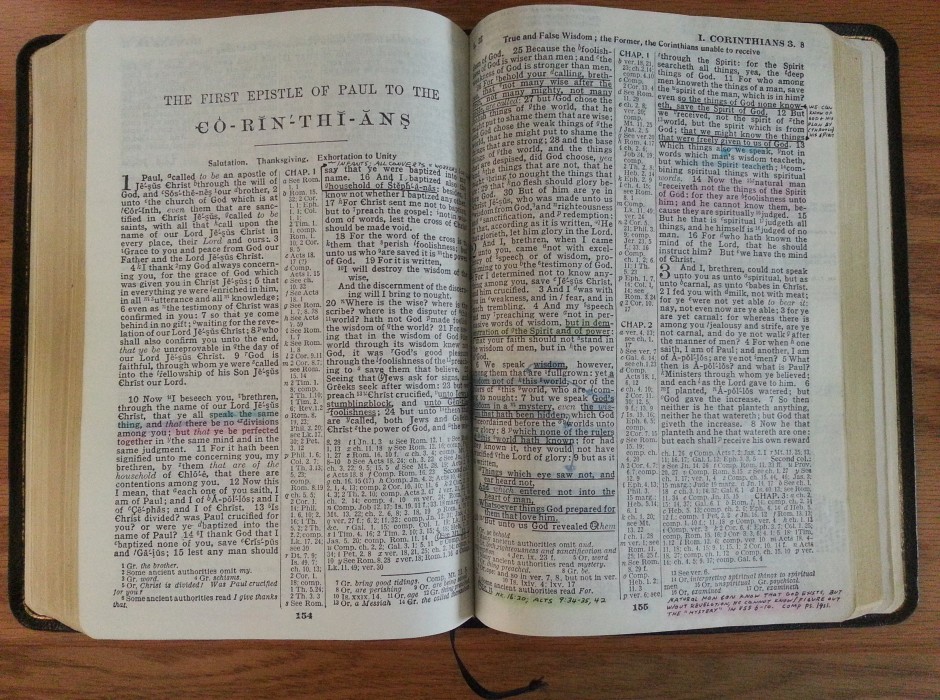Who is not intrigued at the sight of Lady Justice, blindfolded, holding the balance scales in her hand? A symbol. Symbols embody philosophies, ideals, traditions, messages from history. For those of a fading generation, think of an Uncle Sam poster . . . Rosie the Riveter . . . the Alamo. Think of a cross. Each one conjures up deep emotions if they represent something we hold dear . . . or if they represent something we despise – think of a swastika, a burning cross.
The history behind each symbol is fascinating. Lady Justice purportedly originated with the Roman goddess Justitia, the goddess of justice. She holds evenly-balanced scales in one had and a sword in the other. She didn’t wear a blindfold until the 16th century.
Each of these three features – scales, sword, and blindfold – represent the ideal of justice. But this world is rarely, if ever, ideal. Lady Justice, in practice, is not always fair (scales); lawbreakers are not always punished (sword) and she’s not always blind. Sometimes she peeks!
She’s not supposed to care who stands before the bar; but sometimes she does care, so she peeks. And when she peeks, she loses integrity. She loses respect. She loses trust. She encourages men to seek their own means of justice . . . which is rarely just.
God is just. It is a characteristic of his immutable nature. But he is not blindfolded. He sees and knows all. He doesn’t have to rely on witnesses to determine truth. His judgements are always right. Justice is always satisfied . . . every violation is always adequately punished. He is no respecter of persons – there is no preferential treatment.
But God has another characteristic – mercy. And mercy triumphs over justice . . . but not because he ignores justice. He cannot; then he would lose integrity, respect and trust. So every sin is adequately punished.
Because of God’s great love and mercy, he punished his own son for my transgressions. Justice is satisfied and I’m free.
-Ken Stegall

